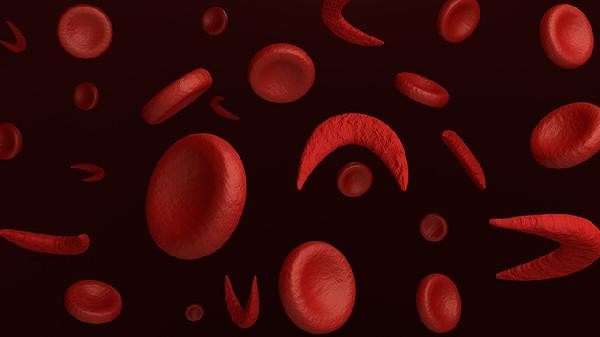A low distribution width of red blood cells may be one of the manifestations of anemia, but it is not the only reason. The low distribution width of red blood cells is mainly related to factors such as iron deficiency anemia, chronic disease anemia, thalassemia, myelodysplastic syndrome, and nutritional deficiency.

1. Iron deficiency anemia:
Iron deficiency anemia is a common cause of low red blood cell distribution width. Iron is an important raw material for the synthesis of hemoglobin, and iron deficiency can lead to a decrease in red blood cell volume and a narrower distribution width. Patients may experience symptoms such as fatigue, dizziness, and pale complexion. Treatment requires supplementing iron supplements and adjusting dietary structure to increase intake of iron rich foods such as animal liver and lean meat.
2. Chronic disease anemia:
Chronic inflammation or tumor related diseases may cause chronic disease anemia, leading to a lower distribution width of red blood cells. This type of anemia is related to abnormal iron metabolism, and patients usually have symptoms of the primary disease. Treatment should be targeted at the primary disease, and if necessary, erythropoietin therapy may be considered.
3. Thalassemia:

Thalassemia is a hereditary hemoglobinopathy in which the patient's red blood cell volume is small and uniform in size, manifested as a low width of red blood cell distribution. Mild patients may have no obvious symptoms, while severe patients require regular blood transfusion treatment. Genetic testing can provide a clear diagnosis.
4. Myelodysplastic abnormalities:
Myelodysplastic syndrome may lead to impaired red blood cell production, manifested as a low distribution width of red blood cells. Patients often have a decrease in whole blood cells and require bone marrow puncture for diagnosis. Treatment includes supportive therapy and targeted drug therapy.
5. Nutritional deficiency:
Vitamin B12 or folate deficiency may also lead to abnormal red blood cell distribution width. Although this type of anemia usually manifests as an increase in red blood cell volume, in early or special cases, it may result in a lower distribution width. Supplementing with corresponding nutrients can improve symptoms. A low distribution width of red blood cells suggests the possibility of blood system diseases, and it is recommended to seek medical examination in a timely manner. Daily attention should be paid to a balanced diet, ensuring intake of protein, iron, vitamin B12, and folate. Moderate exercise can help improve blood circulation, but it is important to avoid hypoxia caused by intense exercise. Regular physical examinations are conducted to monitor changes in blood routine, and any abnormalities are promptly sought medical attention. For patients diagnosed with anemia, they should follow the doctor's advice for treatment to avoid self medication delaying the condition.









Comments (0)
Leave a Comment
No comments yet
Be the first to share your thoughts!